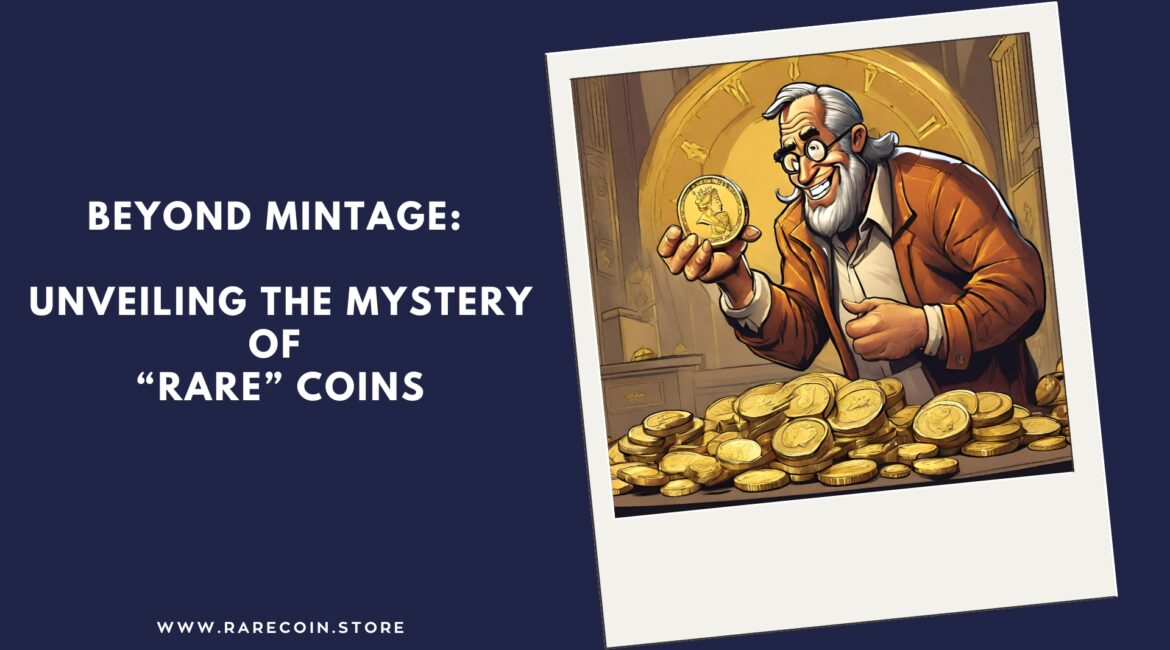The true rarity of a coin: More than just a number!
The question of the rarity of coins is as fascinating as the hunt for the treasures themselves. Unlike other collectibles, rarity is not just about a single number, such as the mintage (number of coins produced). Below we lift the veil of this multifaceted concept:
The mintage plays a role, condition completes the picture: The mintage is an important factor, but only one piece of the puzzle. A highly minted coin in pristine condition can be far rarer than a coin with a lower mintage but that is heavily worn.
Here is a rough guideline, although exceptions are possible:
- Particularly rare: Less than 100 copies minted
- Rare: 1,000 to 10,000 copies minted
Survival of the fittest: How many of the minted coins still exist today? Many may have been lost or destroyed over time, which affects their rarity.
The appeal of demand: A high demand from collectors for a particular coin, regardless of the mintage, can significantly increase its rarity.
Condition is king (or queen): The overall quality of the coin plays a crucial role. A coin in exceptional condition becomes even more desirable and thus achieves a higher degree of rarity.
Beyond the numbers: It’s important to remember that rarity can be subjective. What one collector considers to be a rare treasure, another may see differently.
This complex interplay of factors creates a fascinating landscape in the world of numismatics. By understanding these elements, you can embark on your own journey to discover the true rarities among coins.
Do you want to learn more? Sign up for our online course ” Modern Numismatics: Collecting Gold Coins ” and uncover the secret of this rare coin!
Recognizing the most important value drivers in numismatics
What do you need to know about grading coins and what does PF/PR or MS mean in coin grading?





